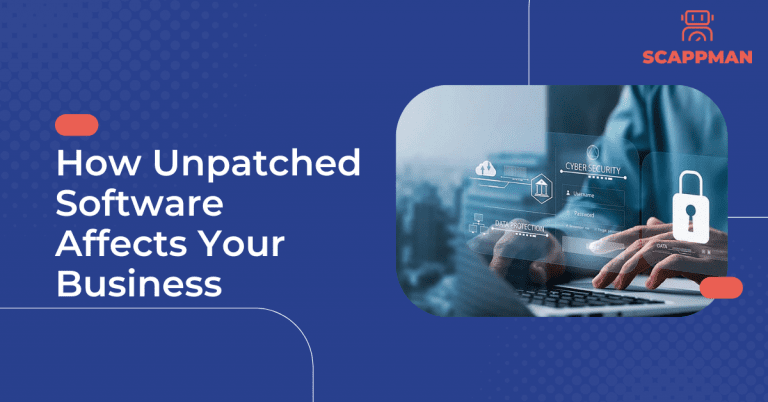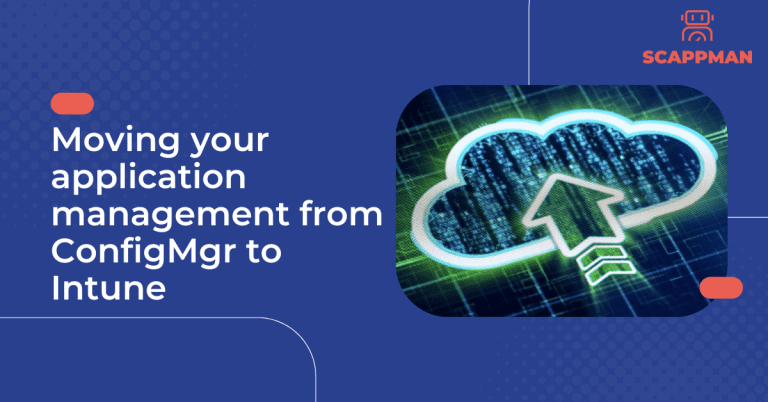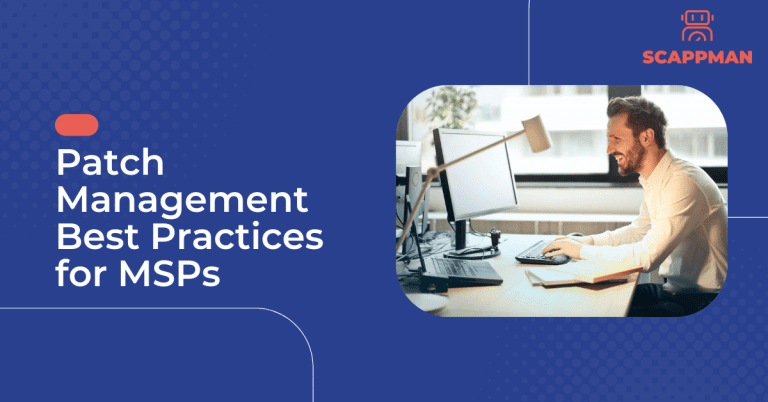In today’s business world, companies are increasingly reliant on third-party applications to help them run their operations and the importance of keeping software up to date becomes increasingly important. However, if these applications are not properly patched, they can pose a serious security risk to the company. In this article, we will discuss how unpatched third-party applications can hurt your business and what you can do to mitigate the risks.
Some numbers
According to a survey performed by the Ponemon Institute, 57% of respondents who experienced a security breach said the hacks were due to vulnerabilities in unpatched software. 34% of these cybercrime victims were aware of the holes in their software but didn’t patch them in time. In addition to that, according to the research 37% of breach victims don’t perform vulnerability scans.
The Unpatched Vulnerability Report from Automox 2022 demonstrates that unpatched software is the main reason for 60% of all data breaches in 2022.
Consequences of unpatched applications: ICRC (Red Cross) Data Breach
Leaving third-party software unpatched and vulnerable creates serious issues for businesses. Let’s look at the recent data breach in ICRC that occurred this year as an example.
In 2022, the Red Cross experienced a data breach as a consequence of unpatched applications. The data breach occurred when hackers exploit unpatched vulnerabilities in the ICRC’s systems. The hackers breached the servers of the organization, which hosted the personal information of more than 515,000 vulnerable people globally. The attackers gained access to sensitive information, including names, addresses, and financial information. The ICRC is working with law enforcement to investigate the incident and has notified those who may have been affected.
The ICRC said hackers were able to gain access to its system by exploiting an unpatched vulnerability. The vulnerability allowed attackers to compromise admin credentials.
How automated third-party patch management makes your organization more secure
Organizations are under constant attack from cybercriminals looking to exploit vulnerabilities in software. Automated patching is a critical security measure that helps protect organizations from these attacks.
Automated patching helps ensure that software is up to date with the latest security fixes. This makes it more difficult for attackers to exploit vulnerabilities in outdated software. Additionally, automated patching can help speed up the process of deploying security updates, which can be crucial in preventing attacks.
Organizations should consider implementing automated patching to help improve their overall security posture. Patching all software, both internally developed and third-party, on a regular basis is essential to keeping systems secure from attacker exploitation.
In addition, automated patching can help organizations save time and money by reducing the need for manual patching processes.
Benefits of automated patching with Scappman
Automated patching provides many benefits for both IT managers from the internal IT teams and MSPs, including:
1. Automated patching saves time. Applying patches manually can be time-consuming, especially if there are multiple machines to patch. Automated patching can greatly reduce the amount of time spent patching software.
2. Automated patching improves security. By applying patches automatically, security holes can be closed more quickly, making it less likely for attackers to exploit them.
3. Automated patching can reduce downtime. If critical systems need to be patched regularly, automated patching can help minimize downtime by applying patches during off-peak hours.
That’s why Scappman offers a 100%-cloud third-party application management solution that takes the pain out of manual patching.
Curious to see Scappman in action? Book a demo or sign up for a 15-day free trial.






